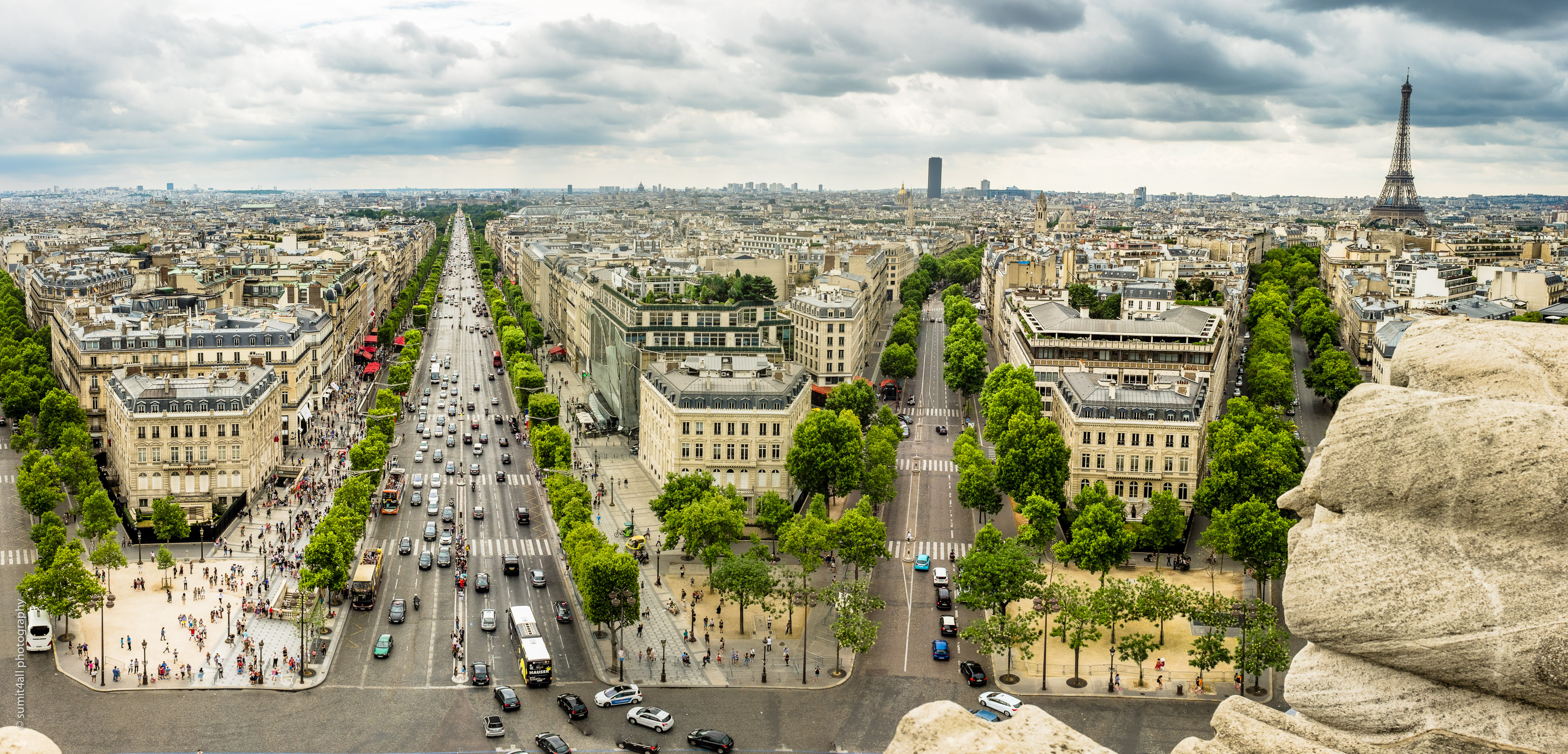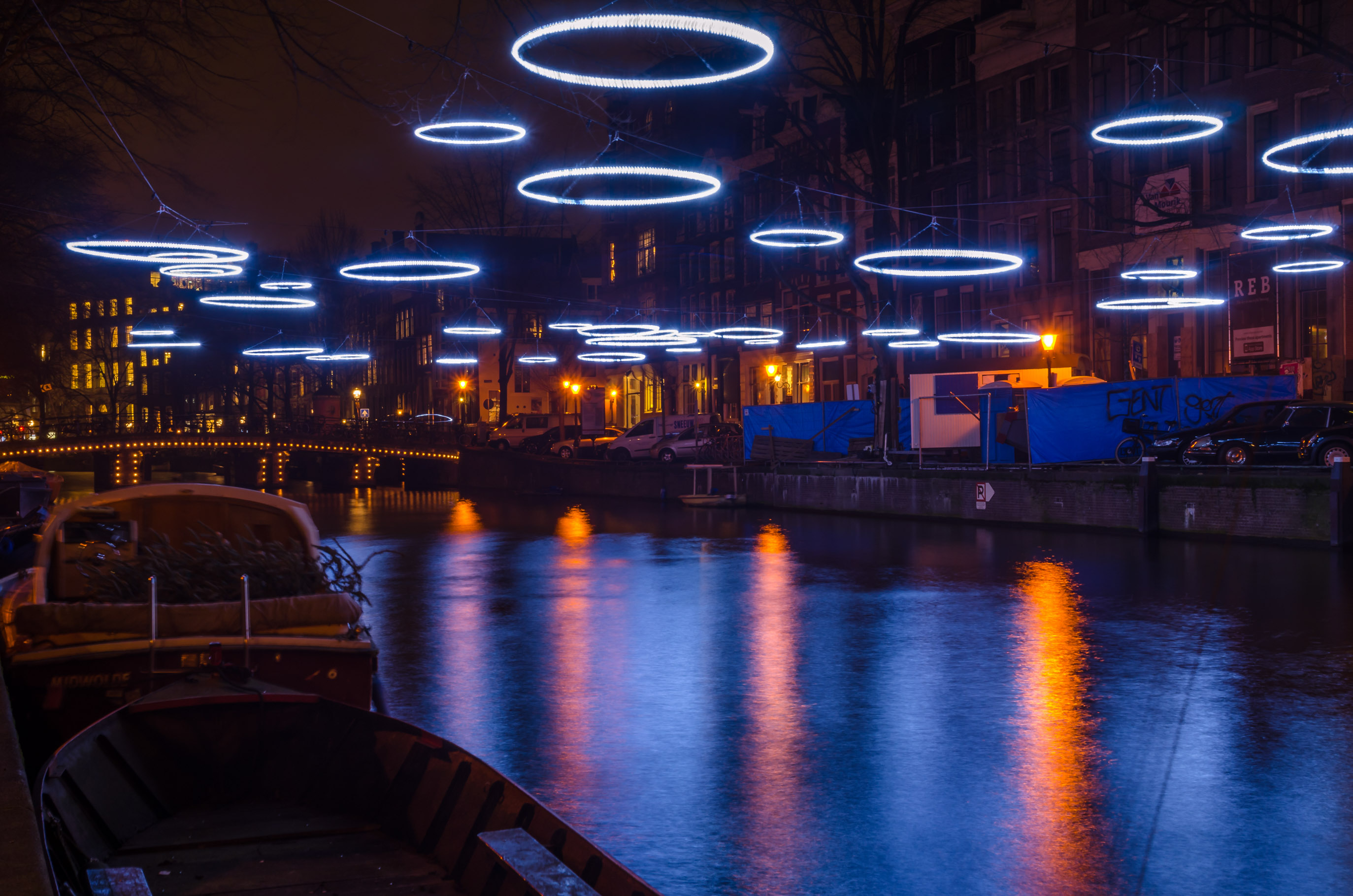Over my travels across many cities – small, big and huge, I have been amazed by how well certain things work in some cities and how they don’t in others. Especially after moving to Europe, my infatuation with cities started as I was enchanted by efficient, clean and very balanced way of living here. I have also ended up talking with urban planners, city authorities, activists and ordinary citizens to understand cities better.
What has come out of this process is a realisation that keeping a city running smoothly is no rocket science, and though each city faces some unique challenges, most of them are very parallel (similar) in nature. I have captured these cities on my camera – both up close and from far behind and up above to make the best cityscape I can make. Before and after my travels to any city, I also study and research on what keeps the city running, and I have learnt a lot in the process. In this post I want to list down some of the “parallel” challenges our cities face today. It was no surprise that I started a photography project on this subject called “Parallel Cities”.

Equal Opportunities and Social Standards
The main goal of any city should be to improve its people – their quality of life and community spirit. One of the ways this can be done is by providing equal opportunities to its citizens without any discrimination. A city must be capable of attracting talent, provide education and necessary training to its people, and promoting creativity and research. It must provide its citizens ways to express themselves artistically and consume art with museums and art galleries. When people from diverse cultures and regions come to a city, it should be able to integrate and welcome them based on democratic values.
Cities that do this well – Helsinki and Munich
Transport and Mobility
The first question any city should ask itself is – How will it enable people to move quickly, safely and in a healthy and environment friendly way? The answer to this question will determine the quality of life of a city’s inhabitants and can be vital to the city’s future. The daily commute to work and the time spent in it, the usual trip to the grocery store or to a fashion store, the number of road accidents, the ability and freedom to be able to walk, bike or use any other means of transportation are important indicators that leave a big impact on how happy and satisfied citizens will be. Designing a city for people and not for vehicles is the first step towards making our cities sustainable and our each day memorable.
Cities that do this well – Amsterdam and Paris
Citizen focussed Urban Planning
A city operating without planning makes it impossible to predict and improve the public’s quality of life. On the other hand, urban planning focussed on citizens can decrease the operational and logistical costs of running a city. The main aspects of planning essential for any city are proper sanitation facilities, design of green areas and spaces where people can gather for leisure and recreation. It is also important to equally distribute citizens by building houses for people from different social and economic backgrounds all over the city – to prevent overcrowding and formation of ghettos. Urban Planning is an indispensable tool which a city needs to expand its infrastructure for the population growth in the years and decades to come.
Cities that do this well – Copenhagen and Oslo

Economy and Industry
Cities need money to spend on projects, and people need money to spend on themselves and their families, and it is for this reason that it is critical that cities have a good economic balance. In simple terms, economy can be measured in GDP per capita, but there is much more than that. How easy it is start and operate a business is a key factor which will decide where companies decide to set up shop, which in turn leads to better employment opportunities for the city’s populace.
Cities that do this well – New York and San Fransisco
Managing Pollution & Waste
Can we live in a way that does not hamper the ability of our future generations to do so? In any city where people come together to live and work, there will be pollution (noise and air) and waste produced as a by-product. Decisions that impact the city’s pollution, water and waste management can not be an after thought. It is imperative that each city operates in a climate friendly way and considers the access to clean air and water a right for its citizens. Technology and innovation can help us develop smart solutions for tackling these challenges.
Cities that do this well – Zurich and Stockholm
Just as the above challenges are “parallel” in nature and every city faces them, the solutions to them are too. Many cities are already doing well in one (or some) of these aspects, and it is high time our cities and citizens like us collaborate to learn from other “parallel” cities. While I do not believe in the perfect city – which does well in all of the above aspects, I do believe we can make balanced cities where living is fun, safe and enjoyable while also having a good economy and environment.
If you want to share something about your city, do join the project or contact me via Facebook.
